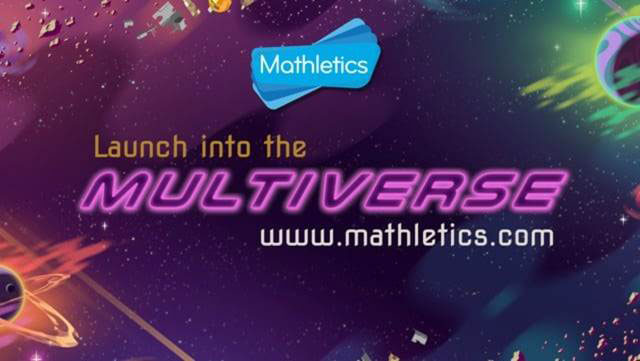
How can teachers be better at Teaching online
How can teachers be better at Teaching online
Sometimes, when we suddenly have to attempt something new, we tend to worry and question ourselves about us being good at it. It’s been a different journey for all the students and teachers to switch to Online Learning. Especially, for teachers as they have to suddenly adopt to the new way of teaching online. It can indeed be tricky to pull it off!
The global pandemic has made everyone change the perspective of school and shifted it to digital learning or online school. If you are an educator struggling to impart education to children online, here’s how you can make the most of this platform without losing your patience. Globally, everyone has switched to the new online method and everyone in GCC and especially Dubai is also getting used to it now.
Give a break after every lecture
You need to understand that it is essential for the students to get a break. According to research, taking breaks can help students to focus better as continuously learning online can be exhausting for them. It can also lead to bad eye health if they overdo screen-time while attending online school sessions for long durations.
Use the Mute Feature
Since you’re teaching from home, there might be some sounds in the background like maybe your child playing or someone talking. Make sure you are in a room with no disturbance around and put yourself on “mute” by using that feature every time someone tries to interrupt at home while you are teaching. This will not distract the students. All ‘video conferencing’ apps have the magic ‘mute’ feature, thanks to this schools in the UAE are able to conduct online sessions seamlessly.
Interact with Parents
Teachers need to make it a point to update the parents about their child’s performance. Interacting with parents makes the teaching-learning process transparent by communicating the student’s progress and knowing the expectations of the parents, on a monthly or quarterly basis as feedback. Educators can share with parents the child’s strengths, weaknesses, behaviours and suggest ways to improve the child’s performance. In-turn parents can share their concerns and get it addressed by the teacher.
Conduct one-on-one sessions with the students
Often students have doubts or questions but they might feel shy to ask about them in front of others students. Conducting a one-on-one session will help them in being upfront. You can make them feel comfortable and ask them if there’s any topic that they didn’t understand or have any doubts regarding them. This will bring clarity and you as a teacher will be assured that they understood everything. This practice is followed by some of the most reputed schools in Dubai.
Ensure that there is proper Network Connection
There are times when video meetings can start lagging due to bad network issues. So, before you start your lecture just ensure that the network connection is proper to avoid any issues. Use a stand to place your laptop or phone so that you don’t have to hold it all the time
Maintain Performance Calendars
It can get hard to track the performance of all your students. So, creating calendars with the help of different apps can make it easier. You can keep updating it every month and analyse whether the students have improved academically or not. Canvas and Blackboard are some apps that can help you maintain calendars.
Assign Group Discussions and debates
Students are likely to get bored if they are bombarded with a lot of information online. To keep the sessions interesting sometimes it is beneficial to Conduct discussions and debates amongst classmates online to improve their communication skills and interaction with other students. You can give them a topic for discussion and debates, they can research about them and discuss it with other students. Researching will also make them understand the topic in details.
Next Learning Platform is a brand that helps students in making learning lessons online easier for them. It is pretty well-known in the Middle East region. They have a Live lecture feature that can be attended by 150 students. This platform brings great opportunities enhance learning remotely.

















Recent Comments